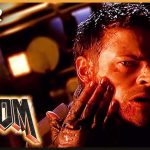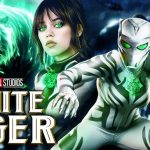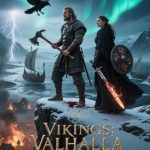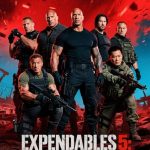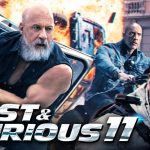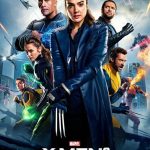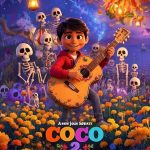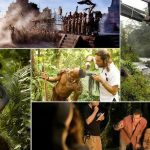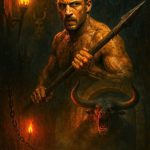Visual effects of the movie Guardians of the Galaxy

Related Movies:
Related Movies:
Related Movies:
The visual effects (VFX) of Guardians of the Galaxy (2014), directed by James Gunn, were a key element in bringing its colorful, cosmic, and action-packed world to life. The film featured groundbreaking visual effects that made the alien worlds, characters, and spaceships feel authentic and immersive, blending practical effects with CGI (computer-generated imagery) to create stunning visuals that matched the tone of the film.
Here are some key aspects of the visual effects in Guardians of the Galaxy:
1. The Creation of the Guardians and Their Worlds
-
Alien Characters and Designs: One of the most challenging aspects of the VFX was bringing the various alien characters to life, including Rocket Raccoon (voiced by Bradley Cooper) and Groot (voiced by Vin Diesel). Rocket, a genetically modified raccoon, was created using a combination of motion capture and CGI. His movements and expressions were captured by actor Sean Gunn, and VFX artists worked to make Rocket’s fur, facial expressions, and actions believable.
-
Groot was a full CGI character, created with motion capture to convey his emotional expressions and movements. The challenge was to make a character composed of wood and plants feel alive, conveying both strength and tenderness.
-
-
Spaceships and Space Travel: The film featured grand space battles and the iconic Milano, Star-Lord’s ship. The VFX team used a combination of practical models for certain close-up shots and full CGI to create the vastness of space, the dynamic movement of the ships, and the realistic interaction between the characters and their environment in space.
2. The Planetary Environments
-
Xandar (Nova Corps Headquarters): The planet Xandar, home to the Nova Corps, was one of the major environments. Its futuristic cityscape, combined with otherworldly alien designs, was realized using a mix of CGI for expansive environments and matte paintings for wide shots. Xandar’s bustling streets and massive architecture were designed to showcase the scale of a high-tech intergalactic society.
-
Knowhere: Knowhere, the giant severed head of a celestial being, was one of the most visually striking and unique locations in the film. It was built through a mix of practical sets, miniature models, and CGI. The head’s massive eye sockets were transformed into areas where different alien species could live and work. The visual effects team worked to make Knowhere feel alive, giving it a strange and surreal ambiance.
-
The Dark Aster: The villain Ronan the Accuser’s ship, the Dark Aster, was designed to feel like a menacing and overwhelming presence in the film. Its complex structure, combined with the use of highly detailed lighting and textures, made it appear both massive and intimidating during the final battle.

3. Cosmic Battles and Special Effects
-
The space battles, particularly the final fight between the Guardians and Ronan’s forces, were some of the most visually complex sequences in the film. The VFX team employed advanced techniques for depicting energy blasts, explosions, and the intricate movement of spaceships in the vastness of space. The vibrant colors of the space surroundings, combined with the rapid movement of the ships and the massive scale of the battle, were realized through extensive use of CGI.
-
Nova Corps Power: The visual representation of the Nova Corps’ energy blasts and weapons was a key part of the film’s action sequences. These effects combined bright, radiant colors with intense light sources to make the energy beams appear powerful and futuristic.
4. The Use of Color and Lighting
-
Guardians of the Galaxy was known for its vibrant color palette, which was integral to the film’s visual identity. The bright neon hues of space, the colorful alien landscapes, and the use of lighting to contrast the cosmic with the grounded moments all contributed to the film’s distinct style.
-
The VFX team used a wide variety of lighting techniques to capture the alien worlds and their environments. This included dynamic lighting to emphasize the scale of spaceships, glowing alien cities, and otherworldly creatures.
5. Ronan’s Power and the Orb
-
Ronan’s Hammer: The effects team worked to create the intimidating and powerful warhammer wielded by Ronan the Accuser. The hammer’s impact and destructive capabilities were visualized with detailed CGI, showing it as a tool of mass destruction that could take down both physical objects and enemies.
-
The Orb (Power Stone): The Power Stone, which is one of the six Infinity Stones in the Marvel Cinematic Universe, was a glowing, radiant object that took center stage in the film. The visual effects were used to emphasize the immense power it held, with the stone pulsating with energy and causing dramatic visual reactions when it was activated.
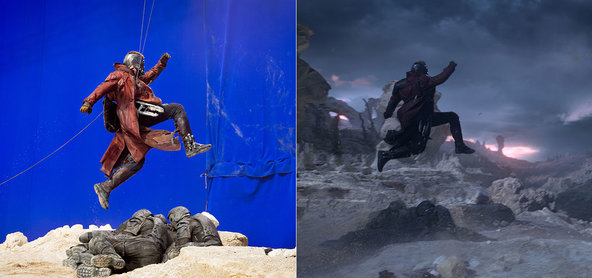
6. Motion Capture and Performance Capture
-
The use of motion capture for Rocket Raccoon and performance capture for Groot was essential in making them believable. The VFX artists took Bradley Cooper’s and Vin Diesel’s performances and translated them into fully realized CGI characters. Rocket’s sarcastic personality, intricate expressions, and agile movements were captured through motion capture and enhanced with CGI for fur textures, while Groot’s movements—despite being a giant plant—were emotive and full of heart, especially through his deep bond with the Guardians.
7. Character Interactions with the Environment
-
The VFX team made sure to make every interaction between the characters and their environment feel as realistic as possible. For instance, when Chris Pratt’s Star-Lord is walking around an alien planet, interacting with objects, or fighting in the battlefield, the VFX team used advanced compositing and CGI to blend practical effects (like actual set pieces) with digital effects to create seamless action sequences.
8. Sound and Visual Effects Integration
-
Along with the stunning visuals, the integration of sound and special effects (such as explosions, laser beams, energy weapons, and cosmic phenomena) was crucial in bringing the world of Guardians of the Galaxy to life. The combination of these effects with the film’s distinctive soundtrack helped establish the film’s tone—light-hearted, adventurous, and full of energy.
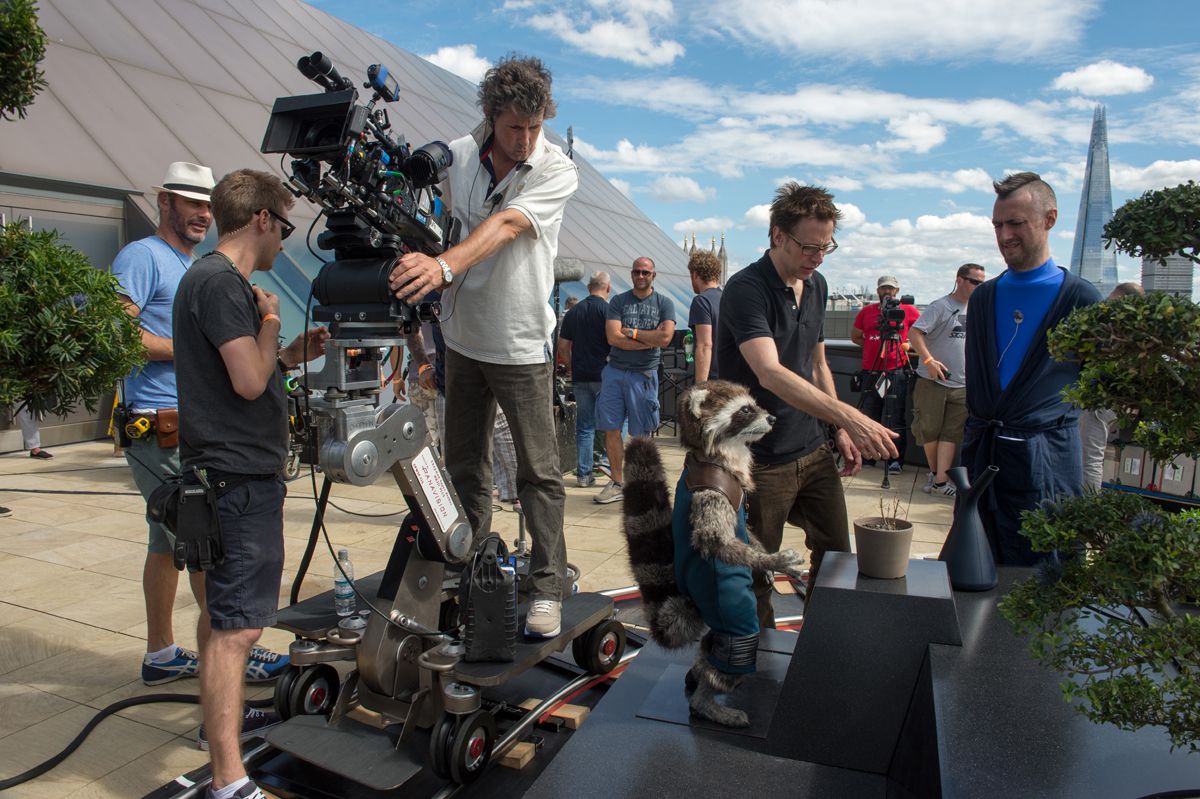
Key VFX Companies Involved:
-
Weta Digital played a significant role in creating the realistic motion capture for Rocket and Groot and helped build the large-scale CGI environments.
-
ILM (Industrial Light & Magic) was instrumental in bringing the action sequences, cosmic battles, and alien characters to life, using cutting-edge technologies to create realistic environments and characters.
Final Thoughts:
The visual effects in Guardians of the Galaxy were a cornerstone of the film’s success, helping to create a fun, immersive, and visually stunning experience that matched the comic book roots of the story. From Rocket’s emotional expressions to the grand scale of the cosmic battles, the visual effects helped make the fantastical world of the Guardians come alive in ways that had never been seen before on the big screen. With its vibrant, colorful visuals, heart-pounding action, and emotional depth, Guardians of the Galaxy redefined the superhero genre in terms of both storytelling and the use of cutting-edge visual effects.

